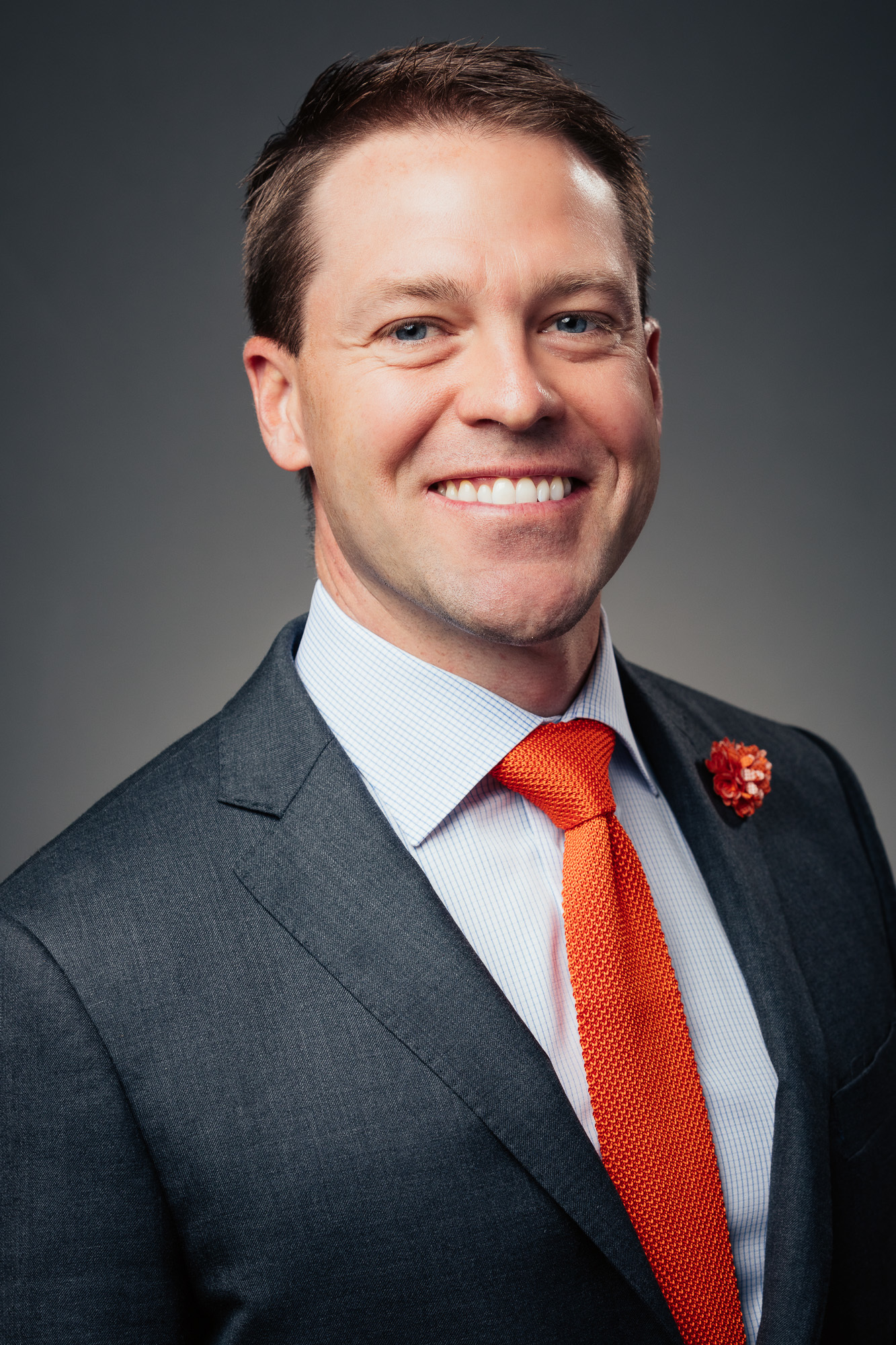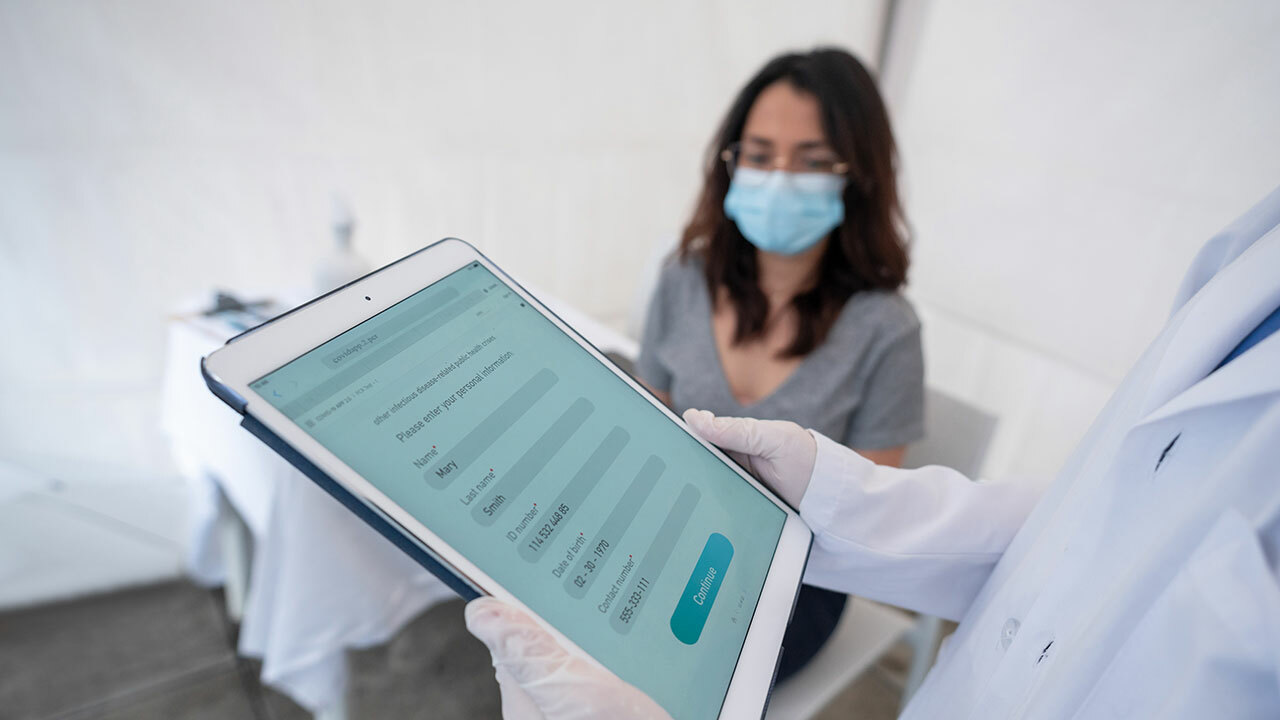A longtime leader in healthcare improvement, we’re developing new ways to revolutionize the industry.

COVID-19 Creates New Ripples Heading Into Above-Average Hurricane Season
The Atlantic Ocean decided to serve up an early reminder that hurricane season was approaching with Tropical Storm Arthur, which swirled non-threateningly off the Eastern coastline last week. It’s never a good time for a hurricane, but this season may be tougher than usual.
Hurricane season kicks off every year on June 1, and experts say that climate conditions in the Gulf of Mexico and the Pacific Ocean are lining up to deliver what could be a near-record storm season.
While hurricanes and other disasters bring the potential for healthcare providers to reduce operations, shelter in place or relocate patients, COVID-19 is going to force providers’ and communities’ disaster preparedness plans to considerably evolve.
Hospitals and health systems are beginning to prepare for ramifications if a storm touches down, including potential supply chain challenges and changes to shelter-in-place plans if cafeterias and auditoriums are not COVID-19-compliant.
2020 Hurricane Forecast Looms Large
Experts project between 14 and 18 storms this season, with more than half of them forecast to mature into hurricanes. Twelve storms and six hurricanes are considered average.
To frame projections for an upcoming hurricane season, forecasters draw comparisons to previous years that had analogous weather conditions. For the 2020 season, meteorologists looked closely at 1980, which included Category 5 storm Hurricane Allen, and 2005, which included Hurricanes Katrina and Rita.
The 2019 season tallied 18 storms, counting Category 5 storm Hurricane Dorian, and more than $11 billion in damage.
COVID-19 Reshapes Community Plans
This year will look different if storms knock out power or displace communities. COVID-19 requires physical distancing, but traditional mass-shelter spaces such as school gymnasiums, sports arenas or convention centers may no longer be feasible to reduce communal spread of the virus.
This means smaller, non-congregated areas will be used as shelters. Some examples of this could be classrooms within schools that will hold only one household, or empty dorm rooms. Hotels are also a shelter option to keep with physical distancing practices; one Florida county has already secured two hotels that it could use to shelter citizens.
Depending on the severity of a storm, larger spaces may still be in play, but with a physical-distancing spin. The American Red Cross suggests space could be divided into smaller areas, with one held separate as an isolation room for people with COVID-19 symptoms. And because cots will need to be further apart, a larger space will still have less capacity than usual.
Personal protective equipment (PPE) remains in high demand, and hurricane season may exacerbate the pressure. The state of Florida is looking to secure 10 million masks for its state stockpile, while citizens are duly updating their emergency kits following recommendations to include PPE (masks and gloves for each person that will use the kit) and disinfectants.
Implications for Healthcare Providers
There are several aspects providers should revisit within existing hurricane preparedness plans, including:
- Sheltering and staffing. High winds, flooding and other weather activity often force patients to be moved away from windows and into hallways or other safe spaces within a facility. Providers should evaluate whether hallways are still appropriate to shelter patients, given physical distancing protocols and COVID-19 “hot” units.
They may reevaluate how many patients and staff they can safely fit into large congregating areas such as cafeterias and auditoriums. If sheltering forces patients to spread out across a facility, additional nurses may need to be available, requiring additional planning as to where to house staff on-site. - Partnerships with local and regional providers. A provider that is evacuating patients will need to reconfirm the true capacity of the receiving facility. Aim to have additional facilities lined up where patients could be sent, and develop a reliable communication process with regional incident commands so that providers remain up-to-date about capacity, structural challenges or impending evacuations within their region.
- Supplies. A natural disaster coupled with a high number of COVID-19 cases could result in the need for increased food allocations compared to a facility’s historical purchasing pattern during hurricane season. COVID-19 forecasting tools will be imperative for providers to understand how COVID-19 volume and supply projections overlay with hurricane preparedness plans, enabling informed conversations with foodservices providers and purchasing partners. Strategic use of PPE will remain important. If a hospital closes or evacuates, have a plan to distribute unused PPE to receiving facilities so staff can safely handle the influx of patients.
- At-risk populations. The Federal Emergency Management Agency website ready.gov has an updated list of shelter locations across the country. Case managers can work with community partners as well as high-risk patients, such as frequent utilizers of the emergency department, to prepare at-risk populations for changes in shelter protocols.
Reports show the continental United States, East Coast, Florida and Gulf Coast all face an increased likelihood of a hurricane making landfall this season. While COVID-19 has upended operations, with proper preparation, healthcare providers can keep staff, patients and community members as safe and ready as possible.
Premier’s dedicated, virtual Disaster Response team serves as an extra set of hands and legs for our members during a hurricane, natural disaster or other emergency. We work across contracted suppliers, member health systems, business continuity experts and communications functions to serve as conduits for information and preparedness, and stand ready to help before, during and after a storm. Learn more.



